Dams, mighty evidences of human creativity, have formed landscapes and tamed water flow for thousands of years. From producing electricity to providing water for irrigation, these giants play different roles. Today, we move to the top of the superlative world, studying the top 10 dams on our planet, which is the result of human knowledge and ambition.
- Jinping-I Dam (China)
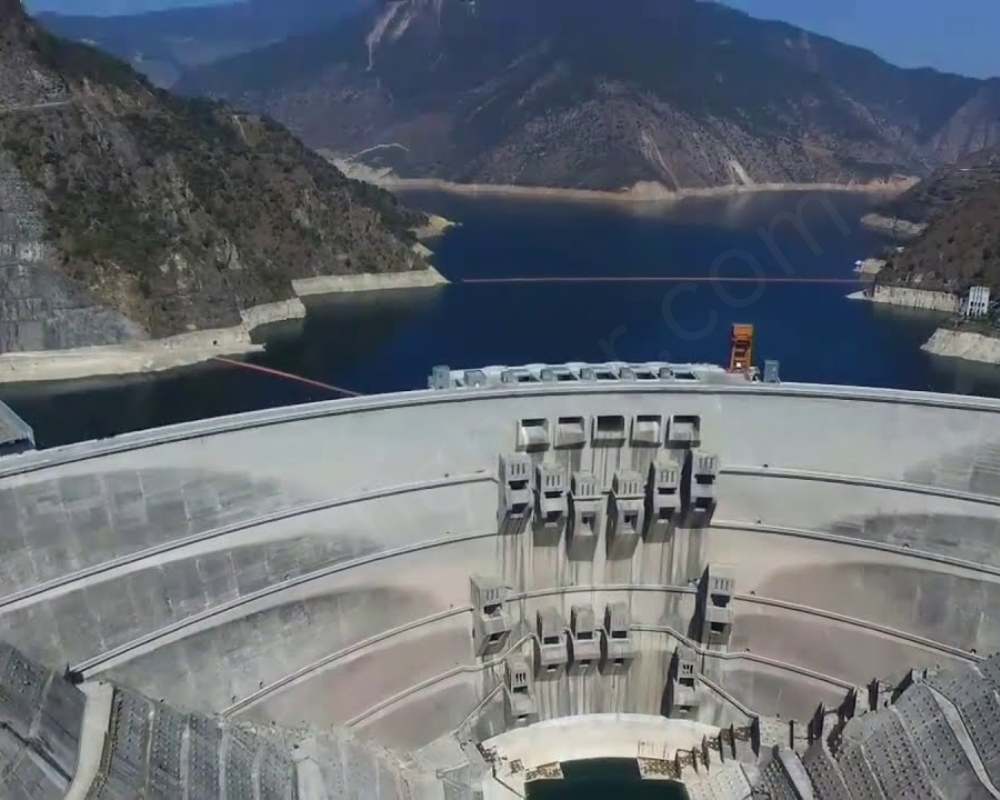
On the top is the Jinping-I Dam in China with an overwhelming height of 305 m (1,001 ft). This amazing architectural structure depends on a strong arch design to prevent the flooding of the Yalong River. The dam’s horseshoe-shaped arch arches above the valley below, creating a beautiful silhouette. Its 13.5 kilometers (8.4 miles) long ridge is broad enough to take a multi-lane highway. The Jinping-I Dam not only impressed us with its height but demonstrates China’s devotion to innovation and the development of infrastructure.
- Nurek Dam (Tajikistan)
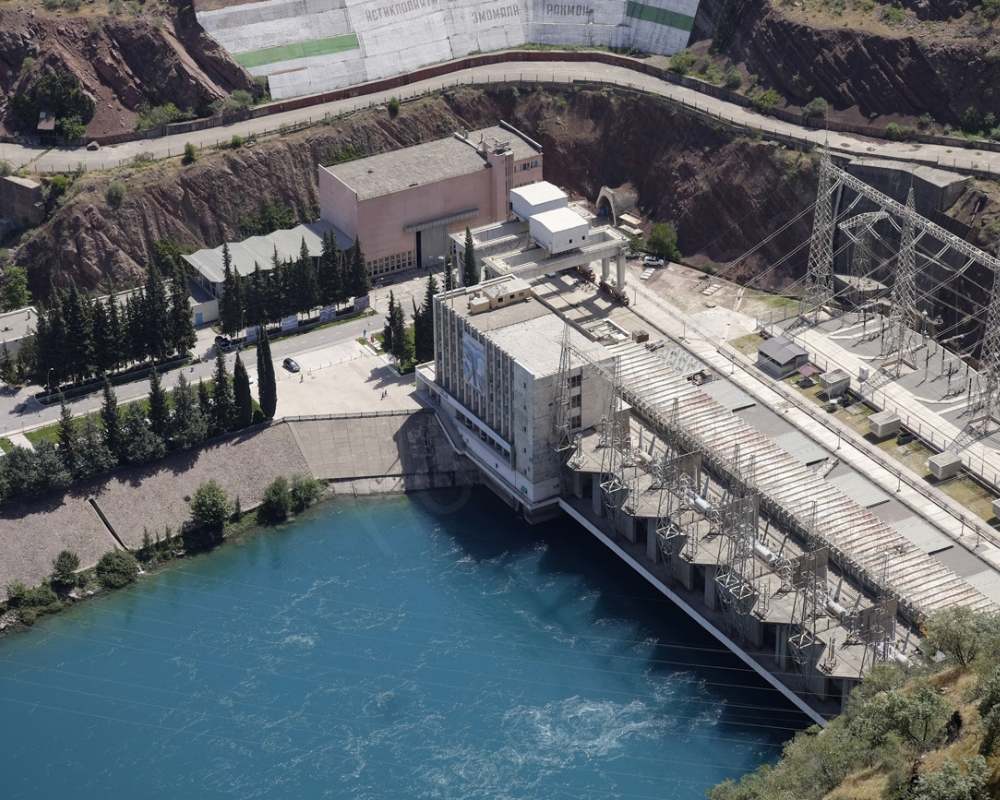
The Nurek Dam, located in Tajikistan, comes in second at 300 meters (984 ft). This giant is known as an embankment dam, which is a symbol of the vast scale of earthworks that are typical of modern engineering. The construction of the dam required moving a whopping 56 million cubic meters of rock and soil where an army of workers unceasingly toiled and bore the fruits. The Nurek Dam is not only an architectural miracle but also represents the will of the Tajik people to utilize their natural resources for economic development.
- Grande Dixence Dam (Switzerland)
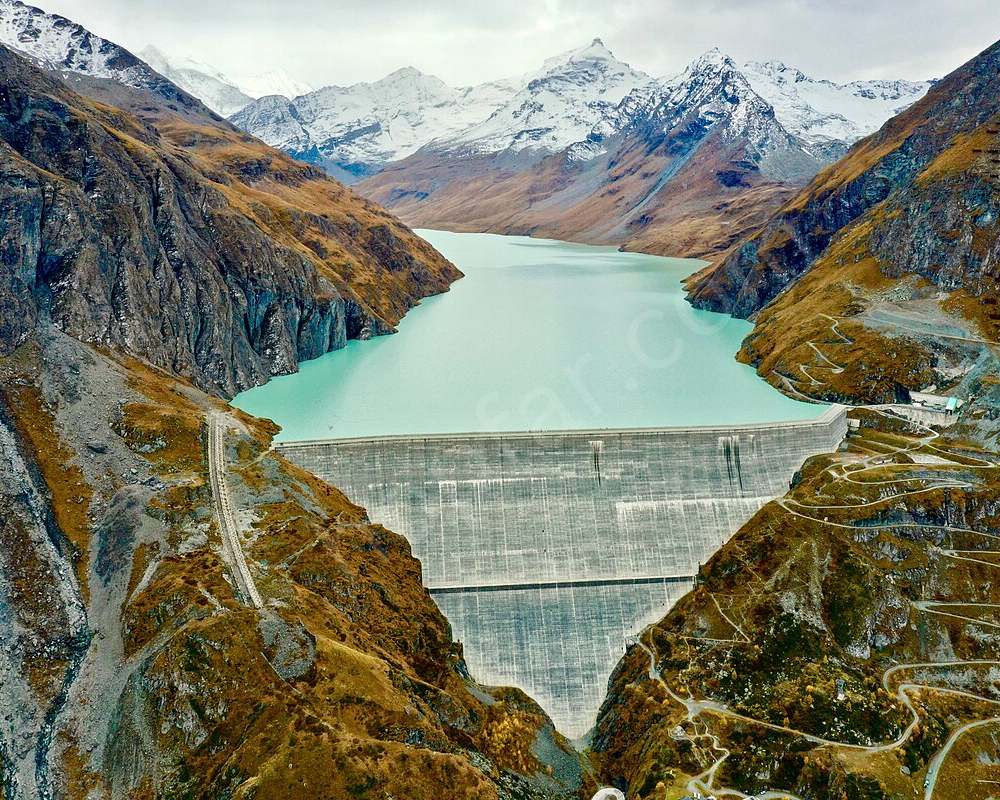
The crown for the highest gravity dam is taken by the Grande Dixence Dam in Switzerland. Standing an impressive 285 meters (935 ft) tall, this concrete colossus casts up the power of Dixence River. The construction of the dam requires special funicular railways designed for the transportation of materials to the site, remote and chaotic, that cannot be reached by usual means of transportation. The Grande Dixence Dam is not only a source of clean energy but also confirms Switzerland’s reputation as a leader in engineering and environmental conscience.
- Rogun Dam (Tajikistan)
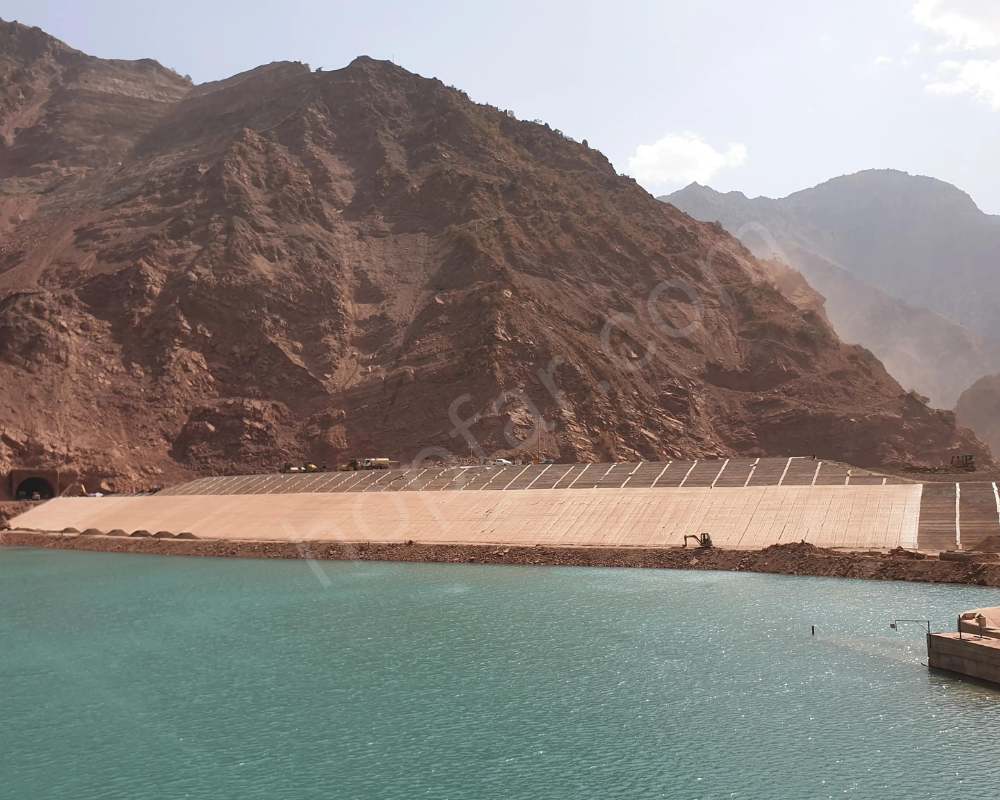
One more Tajikistani treasure adorns the list – the Rogun Dam. Even though it’s still under construction, it’s expected to reach a height of 335 meters (1,100 ft), following up on its mission of being a competitor for the top spot. The dam will be the world’s highest upon completion of its building, and its construction is thrashing the limits of engineering. The Rogun Dam represents Tajikistan’s desire for being a regional leader in energy production and confronting the hurdles of funding and technical know-how.
- Guyuan Dam (China)
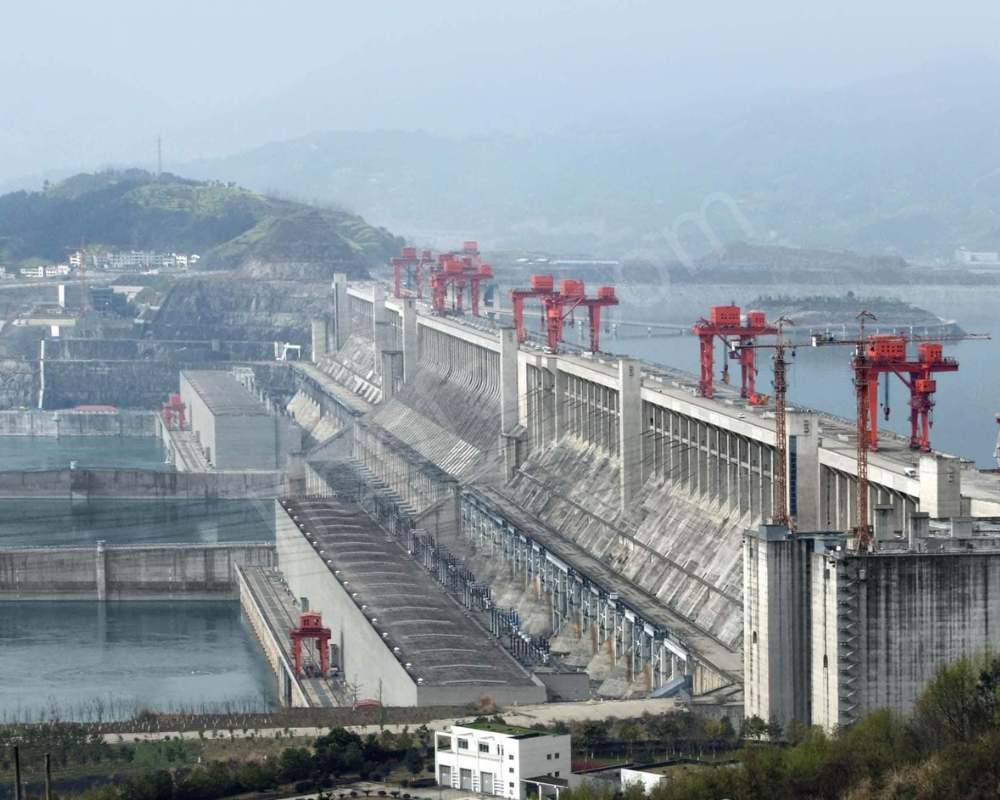
Another China’s appearance matches the Guyan Dam with a height of 272 meters (892 ft). This arch dam of modern Chinese engineering is a marvel of the modern era. The dam’s operation took advantage of modern technologies such as 3D computer modeling that guaranteed its structural stability and safety in the earthquake zone of the area. The construction of the Guyuan Dam shows both China’s advantages in dam construction and the sustainable development in the face of challenges of geological conditions.
- Vajont Dam (Italy)
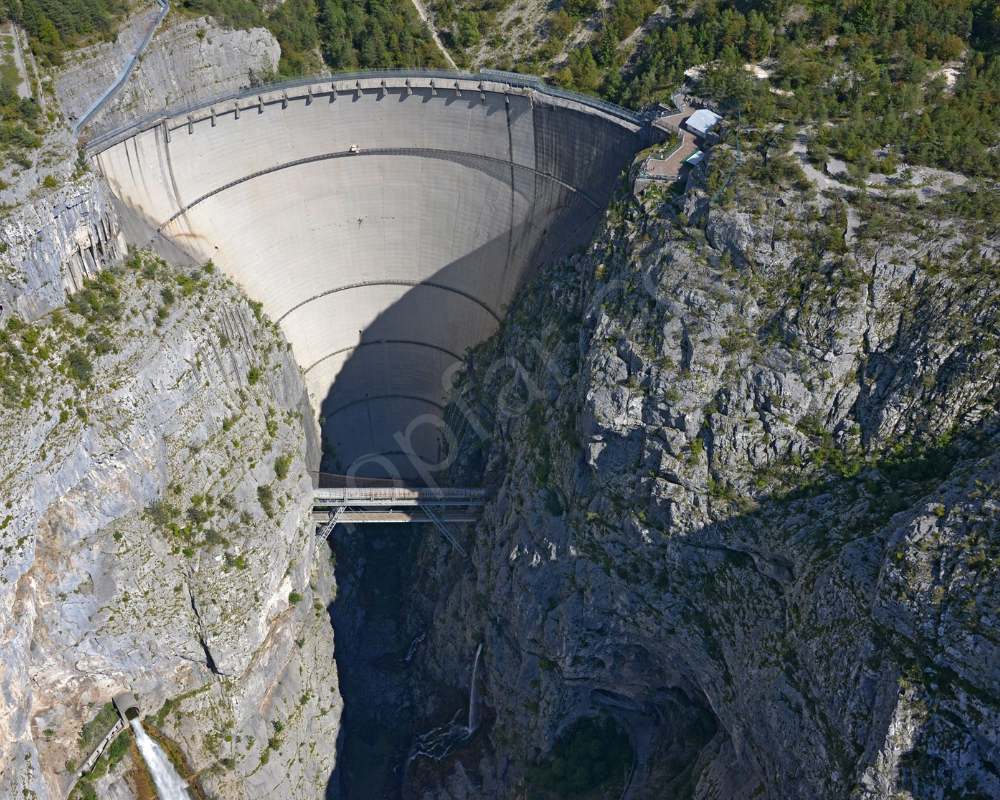
The Vajont Dam in Italy, at 262 m high (860 feet), is a poignant lesson on the natural power. A tragic landslide in 1963 left the dam underwater, thus emphasizing on the careful environmental factors during construction of the dam. The Vajont Dam was a lesson and basically an awakening to the need of complete geological studies and risk assessment before embarking on such big massive projects. The tragedy of the Vajont Dam is a symbol of Italy’s engineering ingenuity and the wisdom of the mistakes of the past.
- Xiaowan Dam (China)

China occupies another place with the Xiaowan Dam at a height of 292 meters (958 ft). This double-curvature arch dam is not only challenging to construct but also a wonder of aesthetic complexity. The dam’s distinctive curved shape gives it the ability to endure high water pressure thus becoming ideal for the stretch and steepness of the river valley it impounds. The Xiaowan Dam illustrates China’s professionalism in the field of building strong structures that are capable of withstanding the natural forces but still meeting the growing water and energy needs respectively.
- Nourek Dam (Iran)
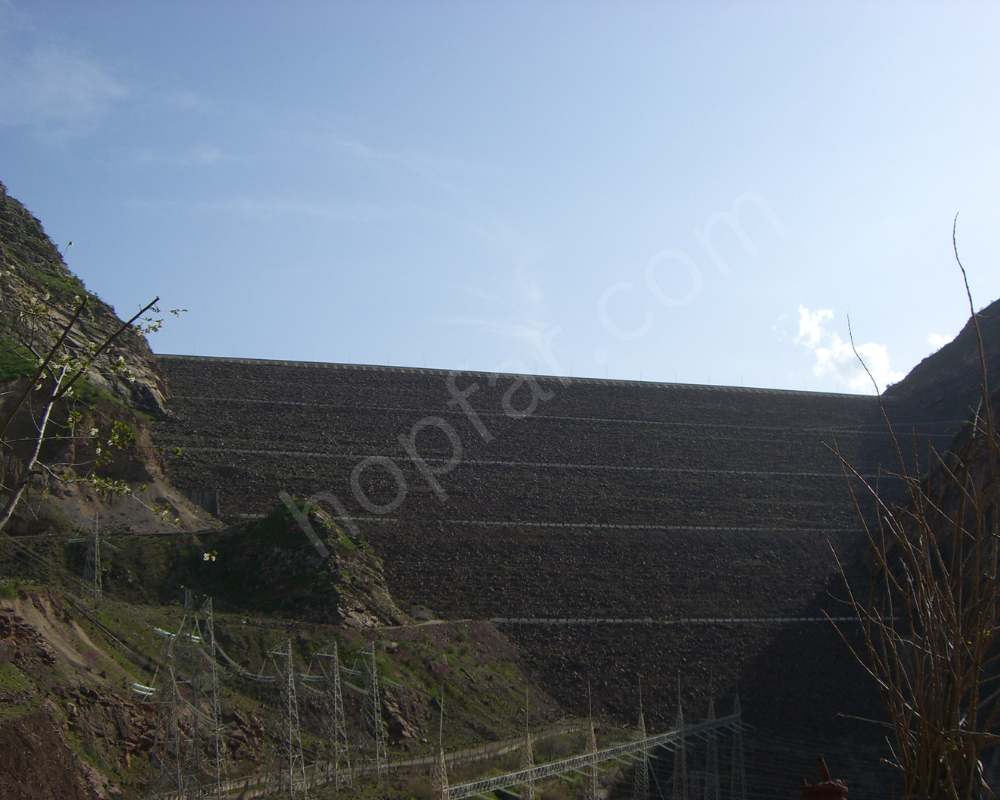
The largest dam in the Middle East, the Nourek Dam in Iran, extends to a height of 255 meters (837 ft). This dam with two arches is a highly valuable resource for the area providing both water and hydroelectric power. The dam does not only generate electricity but also stabilize the flow of the Hari River which reduces the risk of flooding and maintains a steady flow of water for irrigation. The Nourek Dam reflects Iran’s commitment to increasing infrastructure to close the infrastructural gap, along with their efforts to face water management issues in a semi-arid region.
- Longtan Dam (China)
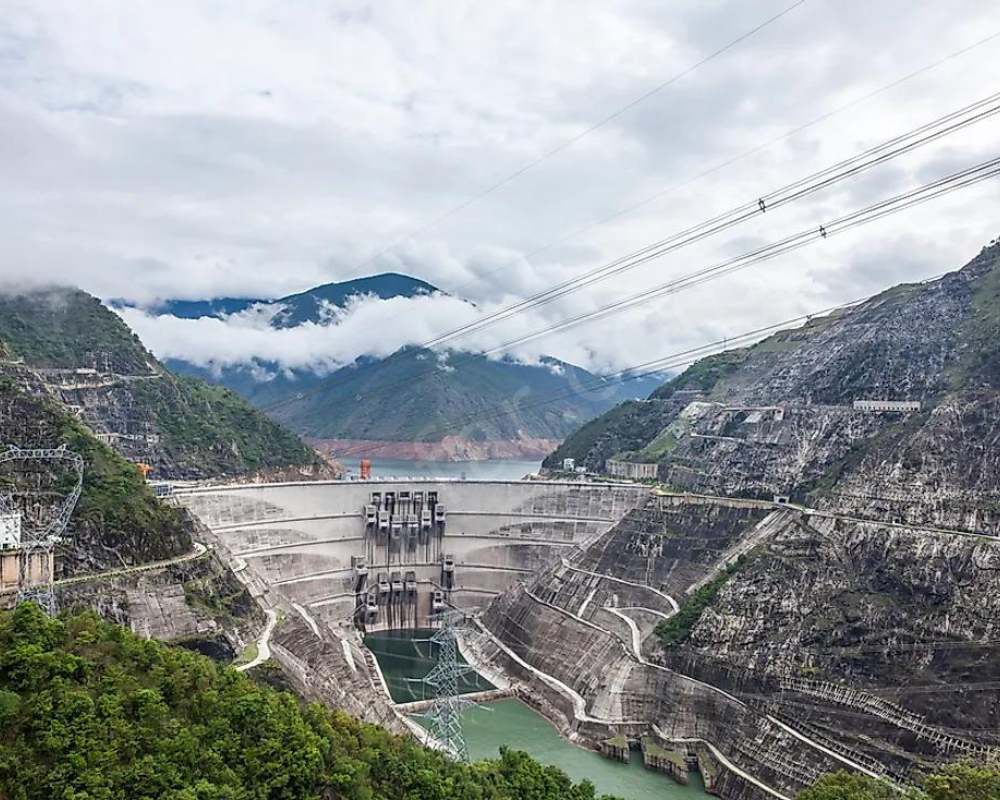
China also takes the ninth position with Longtan Dam’s height of 277m (909 ft). This is another example of Chinese leadership in dam building. The Longtan Dam is integral for both flood prevention and electric power production in the economy-booming eastern provinces of China. With the progression of urbanization and industrialization, the Longtan Dam suggests China’s dedication to sustainable development and the protection of environmental conditions via wise water resource utilization.
- Sardoba Dam (Tajikistan)
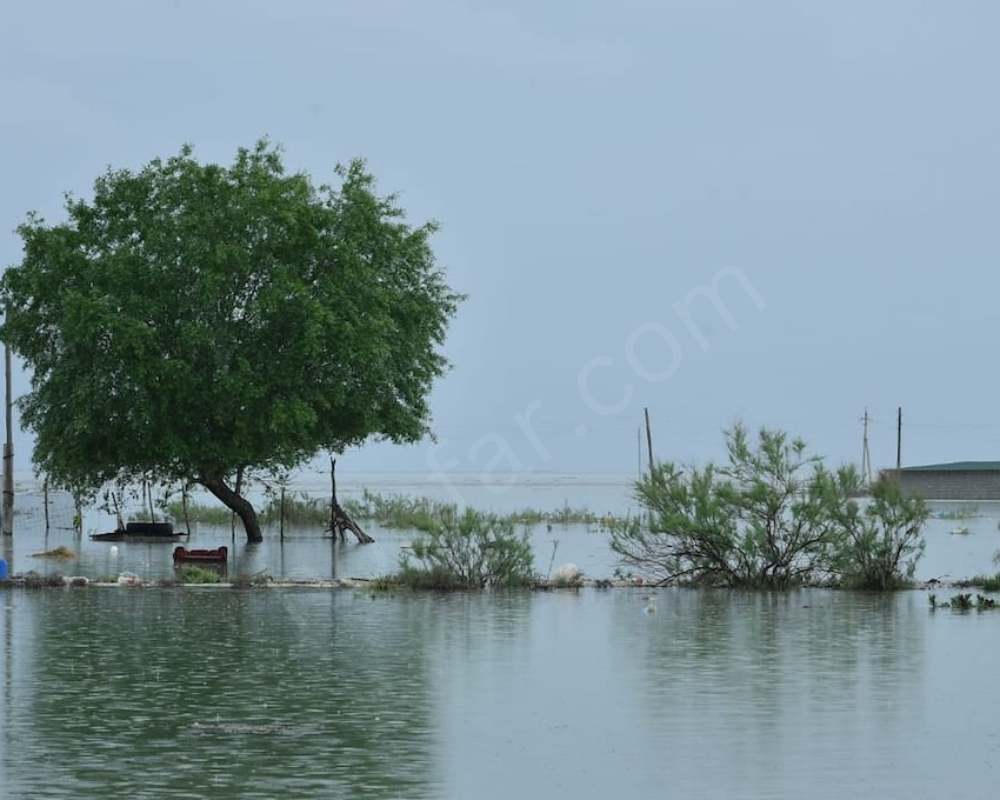
This rounds up the list with the trinity of Tajikistani dams including the Sardoba Dam, which is 265 meters (870 ft) high. This dam serves as a pivotal part in the management of water as well as hydropower production. The dam collapse of 2010 resulted in widespread damage, which brings to attention the need for appropriate maintenance and security procedures. The Sardoba Dam is not only a testimony of threats associated with large-scale infrastructure projects but also emphasis on maintaining the high safety standards and on-going monitoring to prevent huge failures.
These giants of civil engineering, with their gleaming charisma, speak of the spirit of human determination and ingenuity. They play very important roles as the major sources of water, irrigation, and electricity, thus transforming landscapes and the lives of numerous people on earth. While this can be true, we need to bear in mind that building a dam can also cause environmental and social problems. From disturbing the ecosystem to migrating the communities, these consequences must be sensitively reconsidered and mitigated. While we endeavor to take advantage of the potential of water we have to do it in a balanced and sustainable way, a situation which guarantees the future of both environment and humanity.




